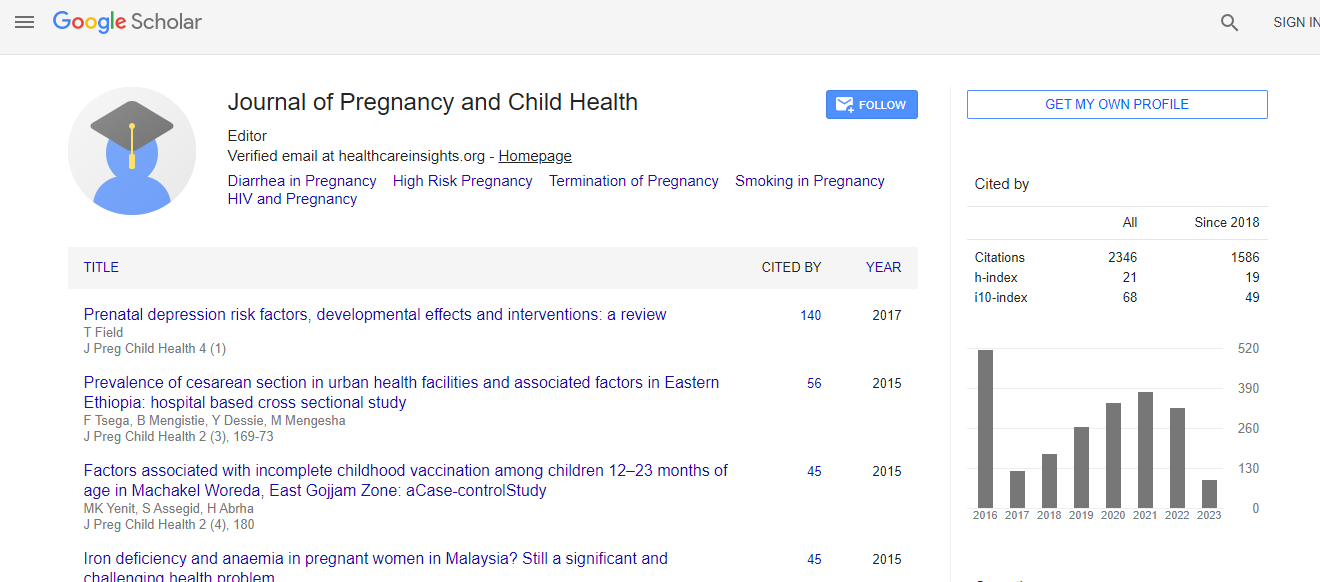Review Article
Pediatric Simulation in Pre- Licensure Nursing
| Kathryn Kushto-Reese1*, Shawna S. Mudd1, Elizabeth Sloand1 and Sandra M. Swoboda2 | |
| 1Department of Acute and Chronic Care, Johns Hopkins University, School of Nursing, Baltimore, Maryland, USA | |
| 2Johns Hopkins University, Schools of Medicine and Nursing, Baltimore, Maryland, USA | |
| Corresponding Author : | Kathryn Kushto-Reese Department of Acute and Chronic Care Johns Hopkins University School of Nursing Baltimore, Maryland 21205, USA Tel: 410-614-5299 Fax: 410-955-7463 E-mail: kreese@son.jhmi.edu |
| Received January 29, 2015; Accepted May 19, 2015; Published May 21, 2015 | |
| Citation: Kushto-Reese K, Mudd SS , Sloand E, Swoboda SM (2015) Pediatric Simulation in Pre- Licensure Nursing. J Preg Child Health 2:164. doi: 10.4172/2376-127X.1000164 | |
| Copyright: © 2015 Kushto-Reese K, et al. This is an open-access article distributed under the terms of the Creative Commons Attribution License, which permits unrestricted use, distribution, and reproduction in any medium, provided the original author and source are credited. | |
Abstract
Pediatric nursing is an area that has shown to be associated with higher levels of fear, anxiety and perceived challenge than other clinical settings for the pre-licensure nursing student. A simulation curriculum has been developed to address the complexities that students face in the pediatric clinical setting. This curriculum addresses common pediatric diagnoses both in acute and ambulatory settings and provides students an opportunity to practice essential pediatric communication skills, family centered care, pediatric skills and safety issues commonly encountered in pediatric nursing practice. Core competencies from American Colleges of Nursing (AACN), Pediatric Nursing: Scope and Standards of Practice and Quality and Safety Education for Nurses (QSEN) are incorporated into the pediatric simulations for this course. Students perform in various roles during simulations e.g. nurse, parents, family member or child in order to assimilate caring for children with complex needs in the clinical setting. Simulation can ensure that all students learn common core curricula concepts in their pediatric course. Students reported that exposure to various simulations before and during their pediatric clinical experiences contributed to their learning of pediatric skills. They also reported that simulations provided them with an opportunity to practice communication skills with parents and with children of various age and developmental stages and in difficult situations. These opportunities contributed to increased confidence levels and also helped to decrease some associated anxiety during their pediatric rotation.

 Spanish
Spanish  Chinese
Chinese  Russian
Russian  German
German  French
French  Japanese
Japanese  Portuguese
Portuguese  Hindi
Hindi 
